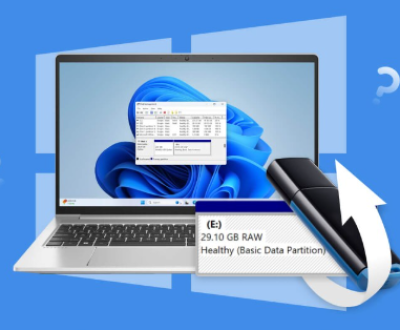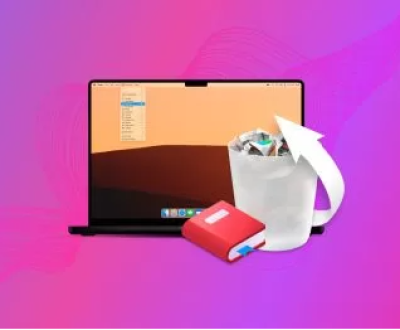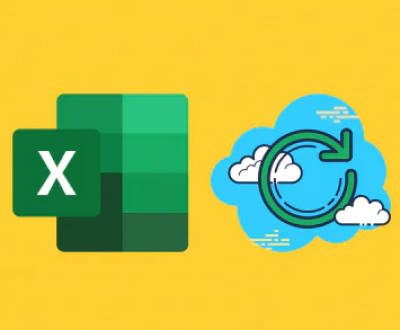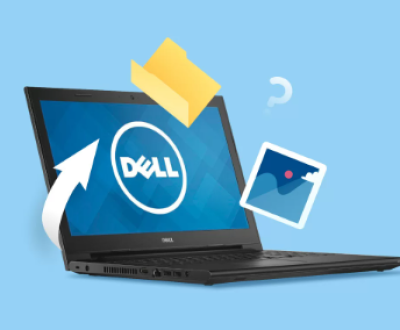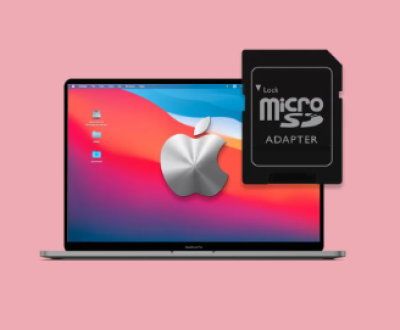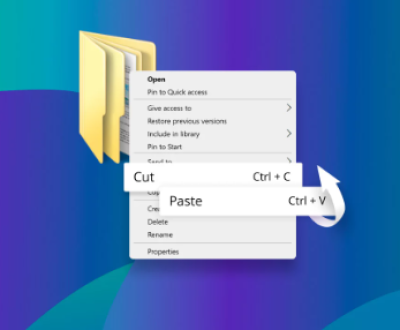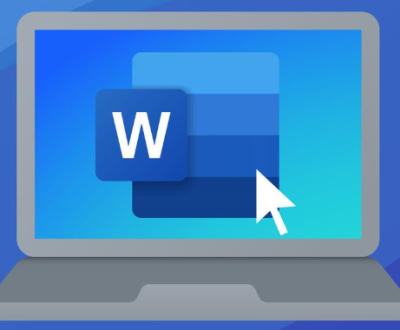Formatting a USB flash drive on a Mac is a straightforward process that ensures your drive is set up to work with your Mac or other devices. Depending on the file system you choose, it can be optimized for use with macOS, Windows, or even Linux-based systems.
1. Why Format a USB Flash Drive?
Formatting a USB drive is necessary when:
You want to erase all data on the USB drive.
You need to use the drive with another operating system (e.g., Windows or Linux).
Your drive is corrupted or not working properly.
You want to change the file system (e.g., from FAT32 to exFAT or APFS).
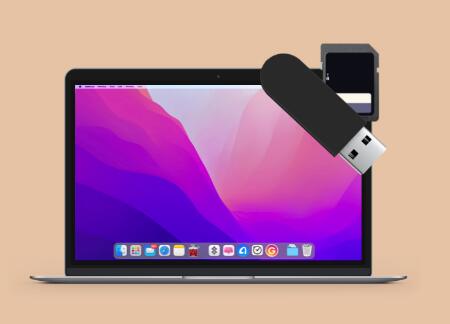
When you format the drive, it removes all data, so it’s important to back up anything important before proceeding.
2. Preparing to Format Your USB Flash Drive
Before you begin the formatting process, make sure to take the following preparatory steps:
Backup Data: If you have files on the USB flash drive that you want to keep, be sure to copy them to your Mac or another storage device.
Check USB Drive Health: If the drive is having problems or you suspect it’s faulty, run diagnostic tools before formatting.
Know the File System Type: Decide on the file system you want to use. Your choices include:
APFS (Apple File System): Best for Mac only.
Mac OS Extended (Journaled): Ideal for older Mac systems.
exFAT: Good for cross-platform use (Mac and Windows).
FAT32: Older standard, but only supports files up to 4GB.
NTFS: Windows-only, and read-only on macOS unless third-party software is installed.
3. Steps to Format USB Flash Drive on Mac
Now that you’re prepared, let’s go through the steps:
Step 1: Insert Your USB Flash Drive
Plug your USB flash drive into a USB port on your Mac.
Step 2: Open Disk Utility
Disk Utility is a built-in macOS tool that allows you to format, partition, and manage your drives.
Open Disk Utility:
Go to Applications > Utilities > Disk Utility.
Alternatively, you can search for Disk Utility using Spotlight (press Command + Space, then type “Disk Utility”).
Step 3: Select Your USB Drive
In the left sidebar of Disk Utility, you’ll see a list of all connected drives. Select your USB flash drive.
If the USB drive is not showing up, unplug it and reconnect it, or try a different USB port.
The drive will usually be named something generic like “Untitled” or the manufacturer’s name.
Step 4: Erase the USB Drive
With the USB drive selected, click the Erase button at the top of the Disk Utility window.
You will be prompted to enter the following details:
Name: Enter a name for the USB drive.
Format: Choose the file system format you want. Some common options include:
APFS (Apple File System) for macOS-only compatibility.
Mac OS Extended (Journaled) for older macOS versions or if you’re not using macOS 10.13 or later.
exFAT for cross-platform compatibility between Mac and Windows.
FAT32 if you need compatibility with older devices (e.g., cameras or some media players).
Scheme: Choose the partition scheme. Typically, you’ll want to select GUID Partition Map for most modern drives. If you need the USB to work with older systems, you might choose Master Boot Record (MBR).
After selecting the options, click Erase.
Step 5: Wait for the Process to Complete
The formatting process will take only a few seconds to a couple of minutes depending on the size of the USB drive.
Once complete, you will see a message confirming that the USB drive has been erased and formatted.
Your USB drive should now appear in the Finder window with the new name you’ve assigned.
Step 6: Eject the Drive Safely
Once the process is complete, always eject your USB drive safely by dragging it to the Trash or clicking the Eject button next to the drive in Finder.
4. Choosing the Right File System Format
The choice of file system format determines how your USB drive can be used with different devices and operating systems. Here are the details for each format:
APFS (Apple File System)
Best for: macOS (High Sierra and later).
Pros: Faster performance on Mac, enhanced security, better support for solid-state drives (SSDs).
Cons: Not compatible with Windows or older versions of macOS.
Mac OS Extended (Journaled)
Best for: Older macOS versions (pre-High Sierra) or external drives used only with Macs.
Pros: Reliable for long-term use on Macs.
Cons: Slower than APFS and incompatible with Windows.
exFAT
Best for: Cross-platform compatibility between Mac, Windows, and Linux.
Pros: Supports large files (over 4GB), compatible with both macOS and Windows.
Cons: Doesn’t offer the same performance as macOS-native file systems (APFS or Mac OS Extended).
FAT32
Best for: Legacy systems and devices (e.g., cameras, TVs, older gaming consoles).
Pros: Widely compatible across many devices.
Cons: File size limit of 4GB, inefficient for large files or modern devices.
NTFS
Best for: Windows users.
Pros: Best for Windows-only systems.
Cons: macOS can only read NTFS but can’t write to it without third-party software.
5. Formatting Issues and Troubleshooting
Occasionally, you may encounter issues when formatting your USB flash drive. Here are some common problems and solutions:
Problem 1: USB Drive Not Showing Up
If the USB flash drive is not showing up in Disk Utility:
Check if the drive is properly inserted into the USB port.
Try a different USB port or USB cable.
Restart your Mac to see if it detects the drive.
If the drive still doesn’t appear, it may be physically damaged.
Problem 2: Error Messages During Formatting
If you encounter an error message while formatting, such as “Couldn’t unmount disk,” try these steps:
Quit all applications that may be using the USB drive.
Force eject the drive and re-insert it.
If the drive is still in use by some background process, try using the Terminal to unmount and format the drive manually.
Problem 3: The Drive Is Write-Protected
If your USB drive is write-protected, you won’t be able to format it. Check if there’s a physical switch on the USB drive that controls write protection.
You can also try using Disk Utility in Recovery Mode (restart your Mac and hold down Command + R), or run the following command in Terminal:
diskutil eraseDisk exFAT USB /dev/diskX
Replace diskX with the correct disk identifier for your USB drive, which you can find using diskutil list.
Formatting a USB flash drive on a Mac is a simple process that involves using Disk Utility to select the drive, choose a file system format, and then erase the drive. Choosing the correct file system is key to ensuring compatibility with the devices you intend to use the drive with, whether that’s a Mac, Windows PC, or other hardware.
About us and this blog
Panda Assistant is built on the latest data recovery algorithms, ensuring that no file is too damaged, too lost, or too corrupted to be recovered.
Request a free quote
We believe that data recovery shouldn’t be a daunting task. That’s why we’ve designed Panda Assistant to be as easy to use as it is powerful. With a few clicks, you can initiate a scan, preview recoverable files, and restore your data all within a matter of minutes.
Subscribe to our newsletter!
More from our blog
See all postsRecent Posts
- Retrieve files from usb 2025-07-04
- How to retrieve overwritten excel file 2025-07-04
- How to retrieve lost files on sd card 2025-07-04

 Try lt Free
Try lt Free Recovery success rate of up to
Recovery success rate of up to

